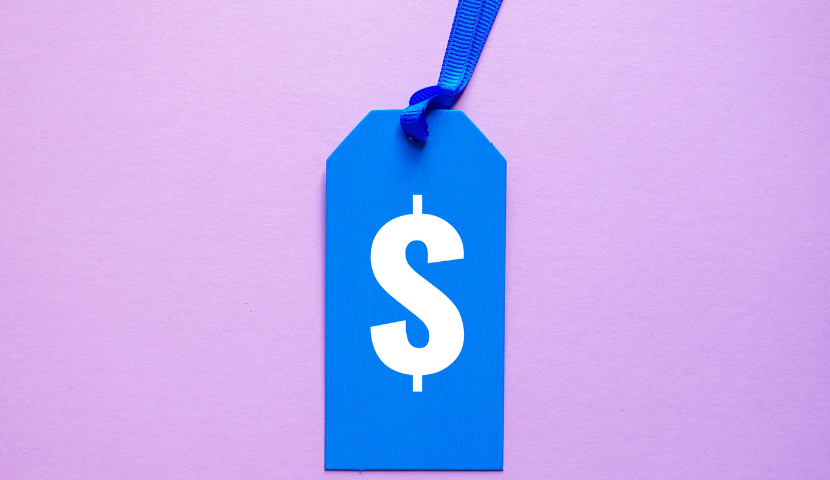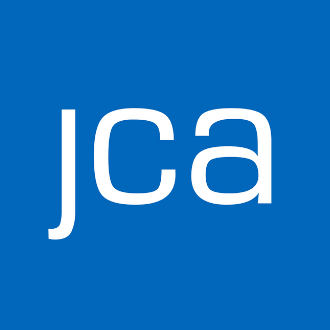Data in Marketing: Pricing to Maximize Revenue

Jennifer Sowinski Nemeth
Senior Consultant & Analyst
As Jamie wrote in her last post, maximizing revenue is top of mind in 2024. As one of the primary sources of income for most arts organizations, maximizing income from ticket sales will be crucial. Luckily, this is an area where data can truly be your guide. Below are some key metrics and indicators to find the most potential in your pricing strategy.
 Track your average yield by season, title, performance, and ticket type. Average yield is the average amount paid per ticket.
Track your average yield by season, title, performance, and ticket type. Average yield is the average amount paid per ticket.
- Average yield is affected by your discounting strategy, who is attending (groups or students often have a large impact on average yield), and which price point is purchased most often.
- Analyzing changes in average yield can help you pinpoint the factors that affect how much you make per performance and zero in on the optimal pricing and discounting strategies.
 Analyze your seat map. Which seats in the theater are consistently selling? Carefully evaluating which seats in your hall sell most often will give you important clues for maximizing revenue.
Analyze your seat map. Which seats in the theater are consistently selling? Carefully evaluating which seats in your hall sell most often will give you important clues for maximizing revenue.
- If your top-priced section is selling out frequently, then you may be underpricing.
- Raising prices, especially at the top price, can help you make more money from the most in-demand seats.
- Adding more seats at the top price could also give you the opportunity to make more.
- If your bottom price is selling out most often, a few scenarios could be at play.
- You may be undervaluing those seats and would be better served by changing the location of the lowest-priced seats.
- Your audience may be price sensitive, in which case you might sell more tickets (and therefore make more money) by adding more seats at lower prices.
 Consider the relationship between your prices. Everyone places a different value on attending an event, which is why we offer multiple price points for every performance.
Consider the relationship between your prices. Everyone places a different value on attending an event, which is why we offer multiple price points for every performance.
But when prices are either too close together or too far apart, that can lead to undesirable outcomes, including empty space in your hall or missed revenue opportunities.
- To check the relationship between prices, consider not just the dollar amount but also the percentage difference between prices. If any differences are very large or very small, this could be an opportunity to adjust and maximize revenue.
There is no one-size-fits-all approach to the best pricing strategy, but by being attentive to your data and open to adjusting when needed, you can find the optimal strategy for maximizing ticket income.
For an example of pricing strategy optimization in action, check out our recent post about Ballet Arizona’s record-breaking Nutcracker seasons. And if you’d like to talk about how JCA can help your organization maximize its revenue, please reach out!

